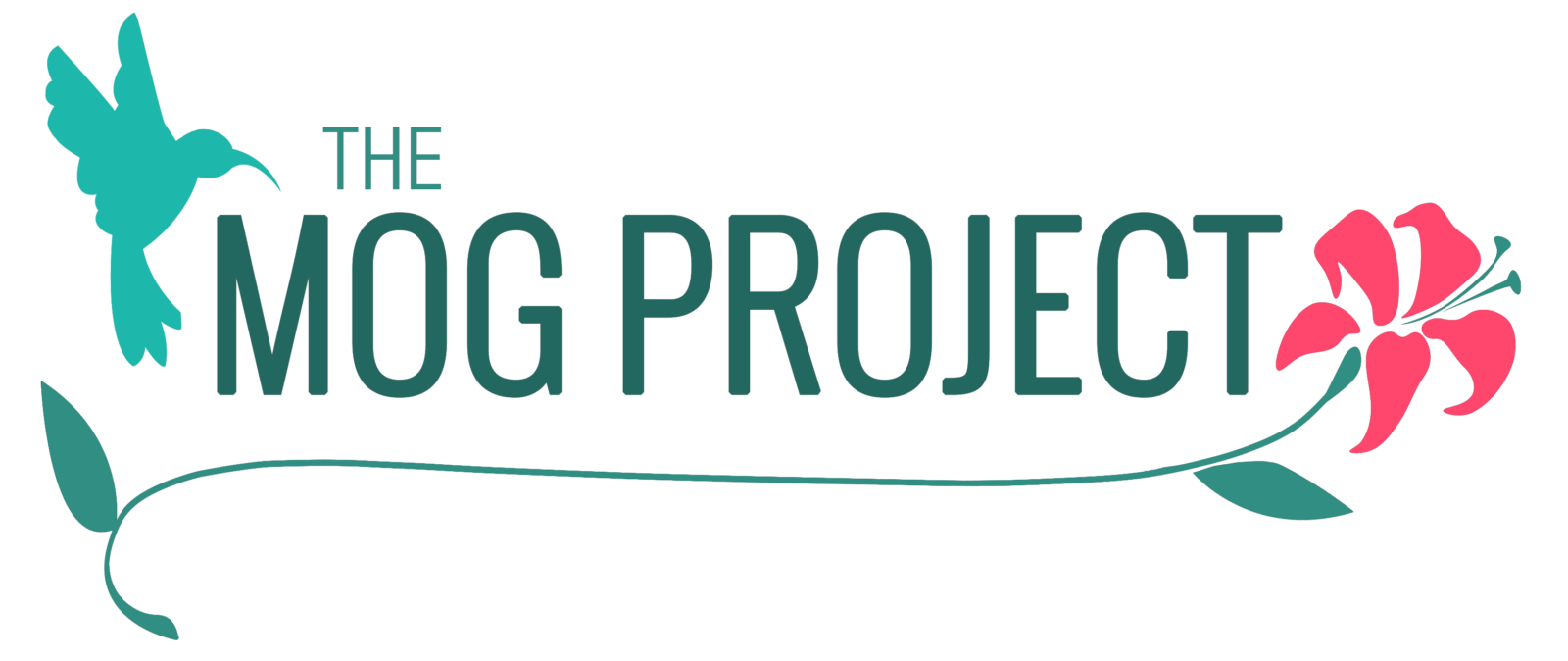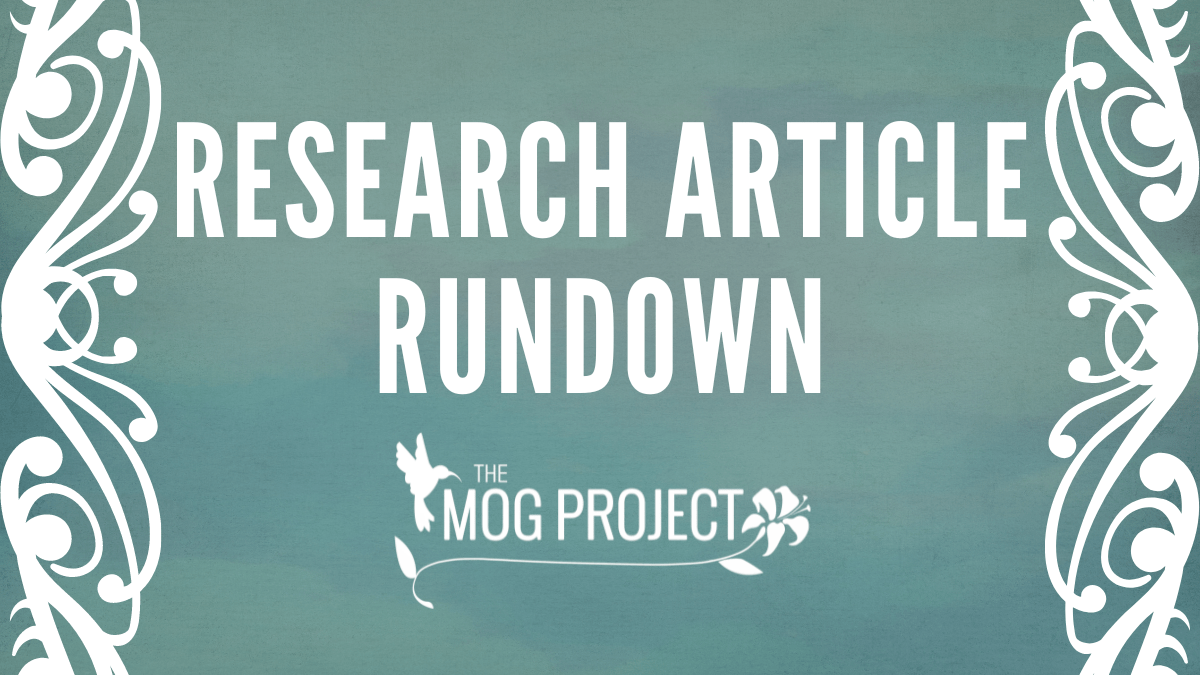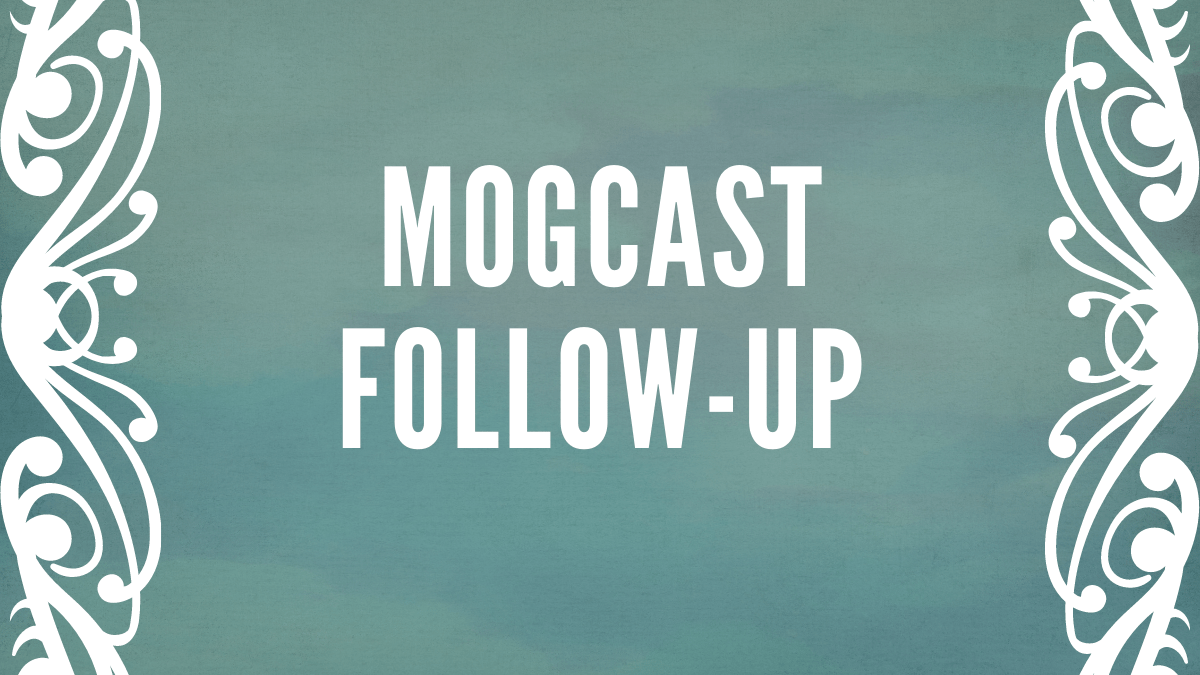The following story is reproduced with permission from the author. Source material is accessible here.

Okay so my hands are shaking a little, it’s probably just my anxiety. My feet feel strange- probably they just keep falling asleep.
At first I dismissed the symptoms.
Then something odd happened. My bladder stopped functioning. It just outright stopped. I had complete retention. It’s probably just something simple I reasoned. That first ER doctor said it was just a fluke – related to a medical procedure I had done a few days prior. It would resolve on its own – go home.
So I went home. I was uneasy though. My mother had Multiple Sclerosis, I was all too familiar with the things a neurological condition could do. The retention persisted. I became more fatigued and a little unsteady on my feet. The tremor began to spread and worsen. My legs felt weak. I visited my regular doctor. He sent me to another, better hospital with a note in hand from him explaining his impression of my condition and a need for an MRI and a full neurological workup.

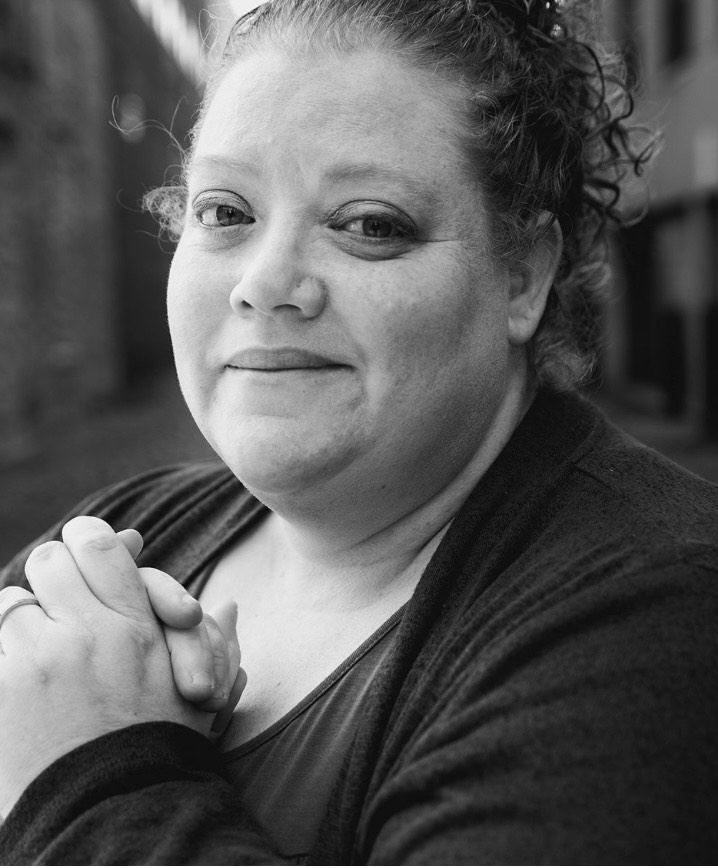
At this point my whole body shook constantly. Weakness and shaking meant I couldn’t walk on my own. My feet were numb and tingling. I couldn’t use the bathroom. I developed a blurry spot in my left eye. I worried I would lose my eyesight. I was admitted and remained in the hospital for about three weeks. The diagnosis was a rare demyelinating disorder called MOGAD or Myelin Oligodendrocyte Glycoprotein Antibody Disorder. It is an autoimmune disorder that attacks the central nervous symptom at random. It developed rapidly over the course of several days and took me completely by surprise. I was terrified I would never get back my functioning or that more impairments would develop. Fortunately the treatment I received improved my condition greatly. I was able to walk again and use my bladder, the blurry spot in my eye went away. The tremor reduced significantly.
I was very much relieved and happy to go home but not at all prepared for the lasting impact this disease would have on my life.
I had a lot of recovery work ahead of me. My body was weak and unsteady. Initially I spent my time attending physical therapy and doctors appointments, but after a few months I tried to return to work. I had underestimated how hard it would be and found myself confronting a host of debilitating symptoms that impaired me from commuting and from physically performing the tasks of my job. I reduced to part time and continued to push but my body pushed back harder and I eventually had to stop going altogether.
So I found myself at home. I was acutely aware of how much my identity was wrapped up in my profession. I felt lost and unsure of how to even define myself. I sunk into a state of feeling hopeless, helpless and completely obsessed with every odd sensation in my body. I tracked my symptoms and despaired over what I could no longer do. The muscles in my legs developed painful spasms that made it difficult for me to walk. I was enormously fatigued. I was bitter that I could no longer take long walks for peace of mind. I was angry my hands would cramp and shake if I tried to play guitar or crochet. I looked at the artwork I had been doing just before the attack and lamented I could not make such precise lines anymore. I stopped making art. I worried constantly about when or if I would suffer another attack. I felt like I was living my life in slow motion. I was in a sort of strange limbo.
Then by chance I saw on a website an art therapy workshop for people with rare conditions like mine. I considered it might be nice not to be the therapist for once. That first workshop I was reminded to experiment and play, to stay with the process and maintain a stance of non-judgement. It cracked a window open in my stuffy internally constructed little house of impossibility.
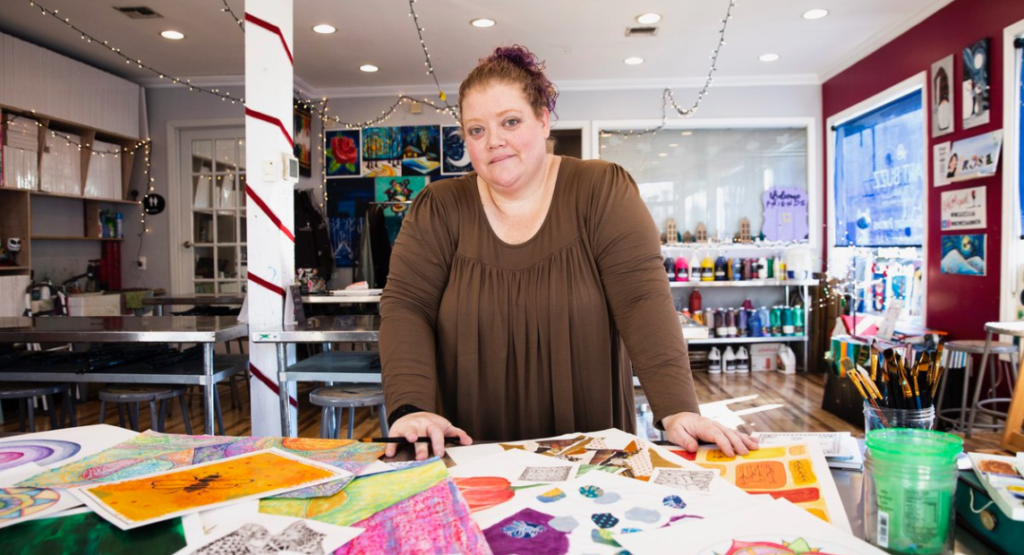
It helped me to see, I could still make art. I had to rest and I had to sit down but I could still express myself and give voice to my experience. I remembered the quote ”It is better to light a candle than to curse the darkness”. I realized how I had been cursing the darkness and my illness. I was finally inspired me to stop obsessing and start creating. I pivoted from therapist to artist and began to make art in earnest. I made art just for myself. Soon I had a small pile of artwork growing. It was work I was proud of. It was work that had meaning and that had power to connect to others. I chose to light that candle with my pens and paint.
I chose to focus on what I CAN still do, and I am choosing to share it with you.
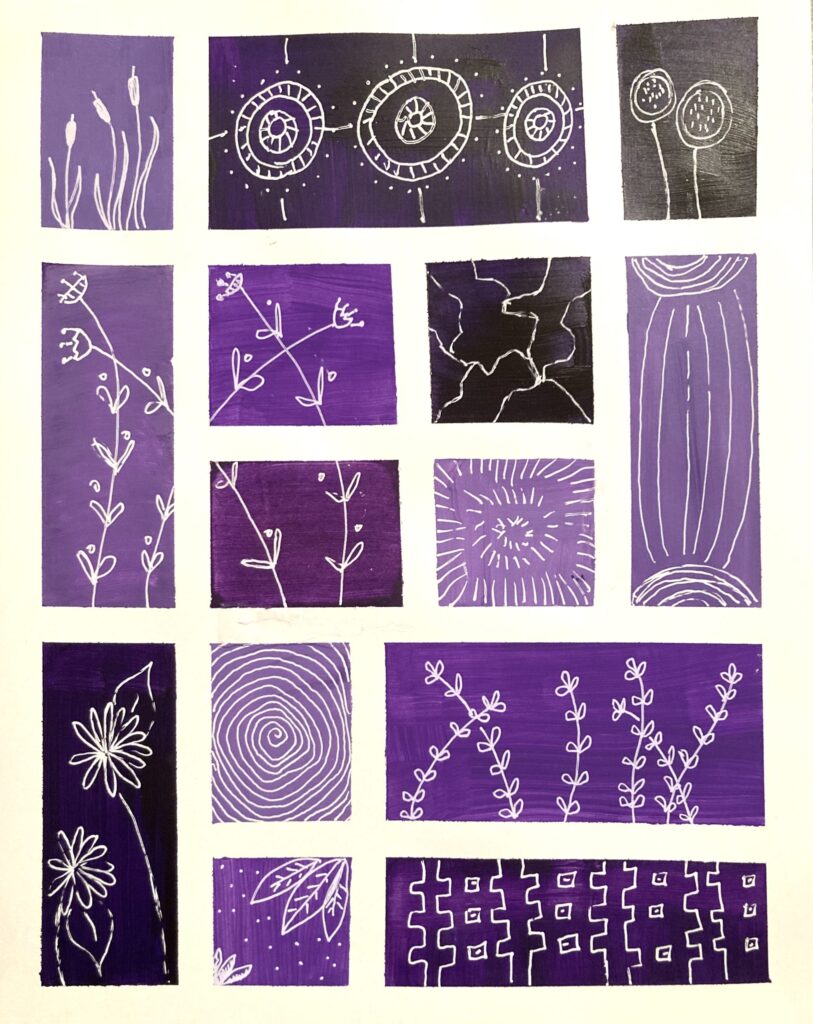
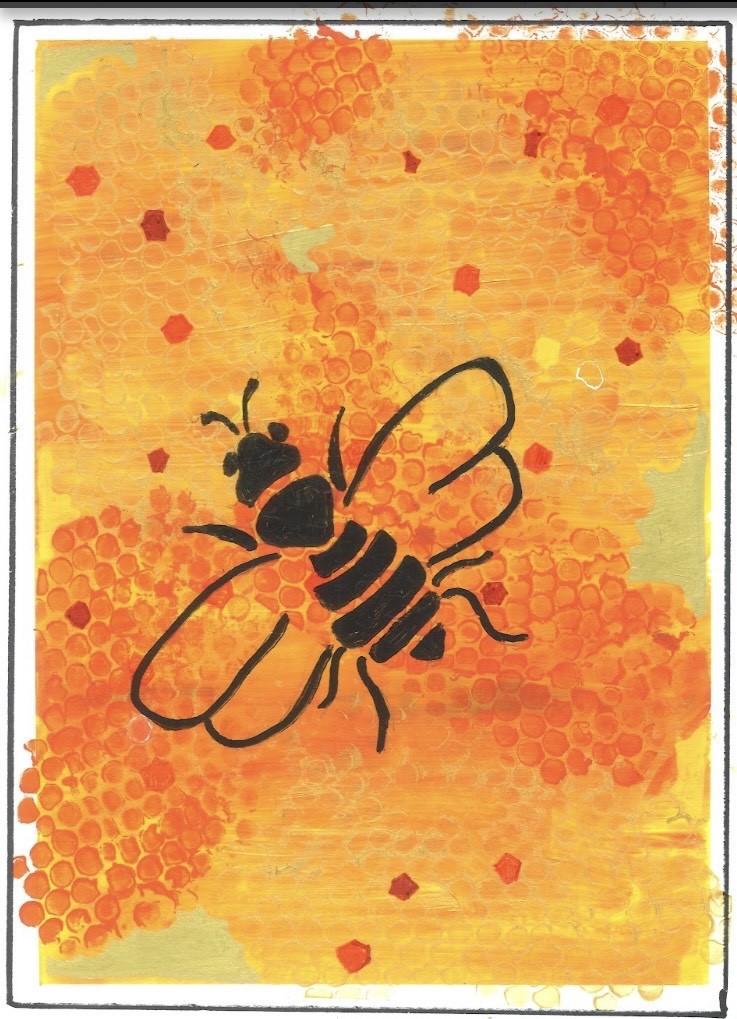
Gaia’s uplifting artwork, which inspires her through her journey living with MOG-AD can be purchased here.
By Gaia Gray
